Description
The Merging Hapi MKII is the logical step up from the phenomenally successful Hapi which enjoyed record sales in 2020. HAPI is both the perfect primary interface for smaller systems as well as the ultimate accessory for a system using Horus where a smaller stage box is required. MERGING+HAPI has been a hugely popular networked audio converter and instrumental in introducing so many to the exciting world of RAVENNA/AES67. Its economical form factor made it the ideal local stage box or studio rack unit for any application. Now is the time to build on that success with new technology and new features that still allow full interface card compatibility with the original Hapi and Horus products.
Hapi MKII utilizes the ZMAN technology introduced with Anubis, and this powerful processor allows some significant performance upgrades. The recent introduction of the ADA8S and ADA8P cards improved the headroom of the mic-pre inputs and effectively doubled the analog I/O count to 16 in/16 out in DSD, all in 1U rack-mountable box.
Merging’s range of audio device options makes Hapi the optimum interface for any DAW, regardless of OS.
Able to carry the same AKD8D/AKD8DP and DA8/DA8P or ADA8S/P analog cards that fit in the Horus option slots and connect to any RAVENNA or AES67 network the HAPI provides a more cost-effective solution than the Horus without having to make a single compromise in quality. The big news is that the introduction of the ADA8S and ADA8P has turned this into a 16 in and 16 out capable device. Hapi MKII also takes advantage of recent technology improvements that are being rolled out across the Merging range of Networked Audio Interfaces.
NEW FEATURES
- Channel-based routing. Each channel can be routed individually to make the most efficient use of resources
- Improved Headphones specifications and features
- Mastering grade Headphone Amp
- Powerful Headphone Amp suitable for ultra-low to very high impedance headphones.
- Headphones DSD volume support (DSD64, DSD128, DSD256)
- Headphones DSD256 support.
- New front panel with an improved display. Clear Plexiglas with dimming options
- ST2022-7 Support. Perfectly complementing Anubis SPS and MAD, Hapi MKII is now fully compliant with the Seamless Protection Switching strategy
- Switch mode support – Remove the need for an external network switch when using one additional Networked Interface
- Additional DA Roll Off filters
- Per-channel DA Trims level and polarity support
- 0.1 dB level precision steps on DA and all trims – Precision mastering control
- Per-channel Headphones Trims level and polarity support
Horus Quality, Hapi size
Able to hold both the standard and premium analog cards from the Horus means that Hapi owners get the exact same sound that Horus users have been winning awards with for almost a decade now.
RAVENNA and AES67
Using RAVENNA/AES67, Hapi is able to provide flexible connectivity of every single input and output across standard networks, using off-the-shelf network equipment. The future is most definitely networked audio, and Hapi provides it today. https://www.ravenna-network.com
Broadcast Standards Compliance
Merging has kept abreast of AoIP developments by participating in international showcases and standardization events. It is no surprise that Hapi MKII complies with the key broadcast requirements.
ST2110
ST2022-7
NMOS
Complete Control over LAN
Hapi is designed to fit into hard-to-reach places Hapi comes with an integrated web server showing the same control interface as is available on the on-board display allowing any web-enabled device to access all the parameters of each Hapi unit over the network. Merging’s Audio Network MANager, ANEMAN can easily manage AoIP networks of any size.
Synchronize your Network
Hapi can be synchronized to video input (black burst or trilevel HD), word clock, network (PTP), AES-EBU, ADAT, SPDIF, MADI or internal clock. It can also serve as network grandmaster (PTP).
The Perfect Solution for:
Stagebox or Portable Use
Hapi MKII is perfect for smaller installations where fewer analog I/O is needed. Managing suspended mics in a concert hall, receiving incoming streams from remote broadcast production, Hapi is a compact form factor that is easy to move or screw into a rack. Redundant power is also easy to implement or it can be powered by a battery if no mains power is available.
3rd Party Workstations Welcome
Mac or PC, users now have access to one of the most sonically impressive mic preamps and AD/DA interfaces the audio industry has ever seen. Using dedicated RAVENNA/AES67 drivers, users of any software on either the Mac or PC platform are able to use Hapi as their I/O solution. The PT64 option card provides 64 channels of low latency Pro Tools HD connectivity and allows Pro Tools users to take advantage of RAVENNA and AES67 AoIP capabilities.
Small I/O Stage Box
For recording setups where smaller amounts of inputs or outputs are needed in a variety of locations around the room, Hapi provides a cost-effective solution with mind-blowing results.
The Ultimate Mastering Interface
If immersive music mastering is your specialty and Anubis ran out of I/O, just add a Hapi to the network and seamlessly integrate the two units with full network control. With analog option cards that match a level of quality never heard of before (no pun intended) and one of the only converters ever to be known for “not having a sound at all”, Hapi is able to provide just the right amount of I/O without pushing budgets too far.
Post-Production I/O
The perfect post interface has arrived. Just enough analog and digital I/O and a comprehensive set of referenced sync options including LTC/MTC and video reference, all connected using nothing more than a simple CAT5E/CAT6 cable. Hapi provides a professional I/O solution for the truly networked post studio.
Installation AV with Ovation
Match the power of Merging’s multichannel audio and show sequencer with Hapi units placed strategically around the installation to provide the ultimate flexibility in creative AV.
Features:
Hapi Base Unit
- Up to 200 inputs @1FS – RAVENNA/AES67
- Up to 202 outputs @1FS – RAVENNA/AES67
- Works from 44.1kHz to 192kHz (Premium up to DXD/DSD256)
- Signal routing from any input to any combination of outputs
- Works as MADI/AES AD/DA for “standard” operation
- Works in RAVENNA mode to deliver all I/O through a network
- Front panel touch screen for local access
- Browser-based remote access using any web-enabled device
- Dual redundant power supply option
- Modular design for analog and additional Digital I/O
- Near-zero latency from in to out (<1ms)
ADA8S/ADA8P
These remotely controlled Mic/Line Input and Output cards are 3rd generation Dual Gain topology designs, inspired from the Anubis outstanding Preamps, that show zero tolerance to any compromise on the audio quality.
Available in models that work up to 192kHz (ADA8S) and DXD/DSD256 (ADA8P). Using those combined 8 channel Mic/Line In and Line Out cards allow the Hapi to be configured with up to 16 channels of Analog In/Out.
Features:
- 8 x exceptionally transparent, Swiss-designed pre-amplifiers
- Remote/Local switch to Line Level on a per-channel basis
- Completely accessible remotely for all parameter changes
- Phantom Power/Polarity Invert/Low Cut/Impedance switchable per channel
- Dynamic range of 139dB (A-weighted, typ) on the Line inputs
- Auto-mute circuitry for “no-pop” power cycling
- Digitally controlled output trims for line up procedures
- Dynamic range of 125dB (ADA8S), 126dB (ADA8P) (A-weighted, typ.) on the Line outputs
AKD8D(P) Analogue to Digital Converter module with Mic/Line Input
- 8 x exceptionally transparent, Swiss-designed pre-amplifiers
- Remote/Local switch to Line Level on a per-channel basis
- Completely remote access for all parameter changes
- Phantom Power/Phase/Low Cut switchable per channel
- Better than 123dB dynamic range
DA8(P) Digital to Analogue Converter module
- Auto-mute circuitry for “no-pop” power cycling
- Digitally controlled trims for line up procedures
- Dynamic range of 126dB (typ.)
- Easy to set dip switches for international operating levels
Some key specifications:
MIc Pre-Amp + ADC
Mic Pre Max Input (Pad On / Pad Off) +24 dBu / +13 dBu
Input Impedance (Differential) 1.9 kΩ/10 kΩ
Dynamic Range (A-weighted, typ) , ref +13 dBu 123.5 dB
Gain Range (software controlled) -0 dB to +66 dB
Gain Step/Precision 0.5 dB / ±0.2 dB
THD+N Pre + A/D (20 Hz-20 kHz) @ -2 dBFS(Standard/Premium) <-110 dB
(0.00031 %)/-111 dB
(0.00028%)
Interchannel Crosstalk @ 1kHz, typ. -125 dB
EIN @ >40 dB Gain (150Ω Source Impedance, A-weighted, typ) -128 dBu
Common Mode Rejection Rate (20Hz -20kHz). >60 dB (up to 0 dBFS)
Phantom Power (Software Switchable Per Channel) +48V
Phase Reverse (Software Switchable Per Channel) YES
Low Cut filter (Software Switchable Per Channel) -12 dB/octave, 80 Hz
Line Input
Max Line Input for 0 dBFS +24 dBu
Input Impedance (Differential) 10 kΩ
Dynamic Range (A-weighted, typ), ref +24 dBu 124 dB
THD+N Line+A/D (20 Hz-20 kHz) @ -10 dBFS, -110 dB (0.00031%)-111 dB
(0.00028%)
Interchannel Crosstalk @ 1kHz, typ. -130 dB
Sensitivity Range for 0 dBFS (software controlled) -42 dBu to +24 dBu
Gain Step/Precision 0.5 dB / ±0.2 dB
Common Mode Rejection Rate (20Hz – 20kHz. >60 dB/>65 dB (both up to 0 dBFS)
Connector Pinout DB-25/AES59 (Tascam Ana.)
IOM-HORUS-DA8/DA8P Specifications
Max Line Output @ 0 dBFS (jumpers on +24 dBu) +24 dBu +0/-0.5 dB
Frequency response +0/-0.3dB @ fs = 48000 Hz 6 Hz – 20 kHz
Frequency response +0/-0.3dB @ fs = 2.8224 MHz (DSD) NA / 6 Hz – 20 kHz
Frequency response +0/-3.0dB @ fs = 2.8224 MHz (DSD) NA / 2 Hz – 50 kHz
Line Output Impedance (Differential) 100 Ω
Dynamic Range (A-weighted, typ) 126 dB
THD+N D/A (1 kHz) @ 0 dBFS (IOM-HORUS-DA8) < -113dB (0.00022 %)
THD+N D/A (1 kHz) @ 0 dBFS (IOM-HORUS-DA8P) < -115dB (0.00018 %)
Interchannel Crosstalk @ 1kHz, typ. -135 dB
Connector Pinout DB-25/AES59 (Tascam Ana.)
IOM-HORUS-AKD8D/AKD8DP Mic-Pre Analog Section
Frequency response +0/-0.5 dB, Line 2 Hz – >200kHz
Frequency response +0/-2.0 dB, Line 1 Hz – >200 kHz
Frequency response +0/-0.5 dB, Mic 2 Hz – 65 kHz
Frequency response +0/-2.0 dB, Mic 1 Hz – 160 kHz
THD+N (1 kHz), Line/Mic at G=0dB <-115 dB (0.00018 %)
THD+N (20 Hz-20 kHz) , Line/Mic at G=0dB <-112 dB (0.00025 %)
Interchannel Crosstalk @ 1kHz, typ. -140dB
5° low-end in-channel Ø deviation pt: Line 9 Hz
5° low-end in-channel Ø deviation pt: Mic 9 Hz
Interchannel phase 10 Hz – 100 kHz < ±0.1°
Software Specifications
RAVENNA MassCore Driver Pyramix 8.0 or Higher / Win7 32bit
Windows Driver/OS ASIO 2.2 / Win7 32 or 64bit
Mac Driver/OS CoreAudio / MacOS 10.6 or higher
ADA8S/ADA8P OPTION CARD
Mic Pre-Amp + ADC Section
Mic Pre Max Input (Mic+Pad / Mic / Mic Boost) +24 dBu / +12 dBu / +0 dBu
Input Impedance (Differential, Software Switchable Per Channel) 3 kΩ / 10.4 kΩ
Frequency response +0/-0.3dB @ fs = 48 kHz 9 Hz – 22 kHz
Frequency response +0/-0.3dB @ fs = 96 kHz 9 Hz – 46 kHz
Frequency response +0/-0.3dB @ fs = 192 kHz 11 Hz – 94 kHz
Dynamic Range (A-weighted, typ.), ref +12 dBu 137 dB
Dynamic Range Mic Boost (A-weighted, typ.), ref 0 dBu 128 dB
Gain Range (software controlled) 0 dB to +66 dB
THD+N Pre + A/D (20 Hz – 20 kHz) @ -2 dBFS < -111 dB (0.00028 %)
Interchannel Crosstalk @ 1kHz < -130 dB
EIN @ > 40 dB Gain (150Ω Source Impedance, A-weighted) < -127 dB
Common Mode Rejection Rate (20 Hz – 20 kHz) > 75 dB
Phantom Power (Software Switchable Per Channel) +48V
Polarity Invert (Software Switchable Per Channel) YES
Low Cut filter (Software Switchable Per Channel) -12 dB/octave, 80 Hz
Line Input
Max Line Input for 0 dBFS +24 dBu
Input Impedance (Differential) 10.4 kΩ
Dynamic Range (A-weighted, typ), ref +24 dBu 139 dB
THD+N Line+A/D (20 Hz – 20 kHz) @ -2 dBFS < -111 dB (0.00028 %)
Interchannel Crosstalk @ 1kHz, typ. < -135 dB
Sensitivity Range for 0 dBFS (software controlled) -42 dBu to +24 dBu
Gain Step 0.5 dB
Common Mode Rejection Rate (20 Hz – 20 kHz) > 70 dB
Connector Pinout DB-25 / AES59 (Tascam Ana.)
Line Output Section
Max Output level software switchable for 0 dBFS +24 dBu / +18 dBu +0/-0.5 dB
Frequency response +0/-0.3dB @ fs = 48 kHz 6 Hz – 22 kHz
Frequency response +0/-3dB @ fs = 96 kHz 6 Hz – 46 kHz
Frequency response +0/-3dB @ fs = 192 kHz 6 Hz – 92 kHz
Output Impedance (Differential) < 80 Ω
Dynamic Range (A-weighted, typ.) 125 dB / 126 dB
THD+N (1 kHz) @ 0dBFS < -115 dB (0.00017 %)
Interchannel Crosstalk @ 1kHz < -139 dB
Connector Pinout DB-25 / AES59 (Tascam Ana.)
Latencies
Input latency at 44.1/48kHz 8 samples
Input latency at 88.2/96kHz 8 samples
Input latency at 176.4/192kHz 8 samples
Input latency at DXD/384kHz 10 samples
Output latency at 44.1/48kHz 9* samples
Output latency at 88.2/96kHz 9* samples
Output latency at 176.4/192kHz 9* samples
Output latency at DXD/384kHz 9* samples
* Filter setting
– Slow Roll Off Filter option = 9 Samples
– Sharp Roll Off Filter option = 38 Samples
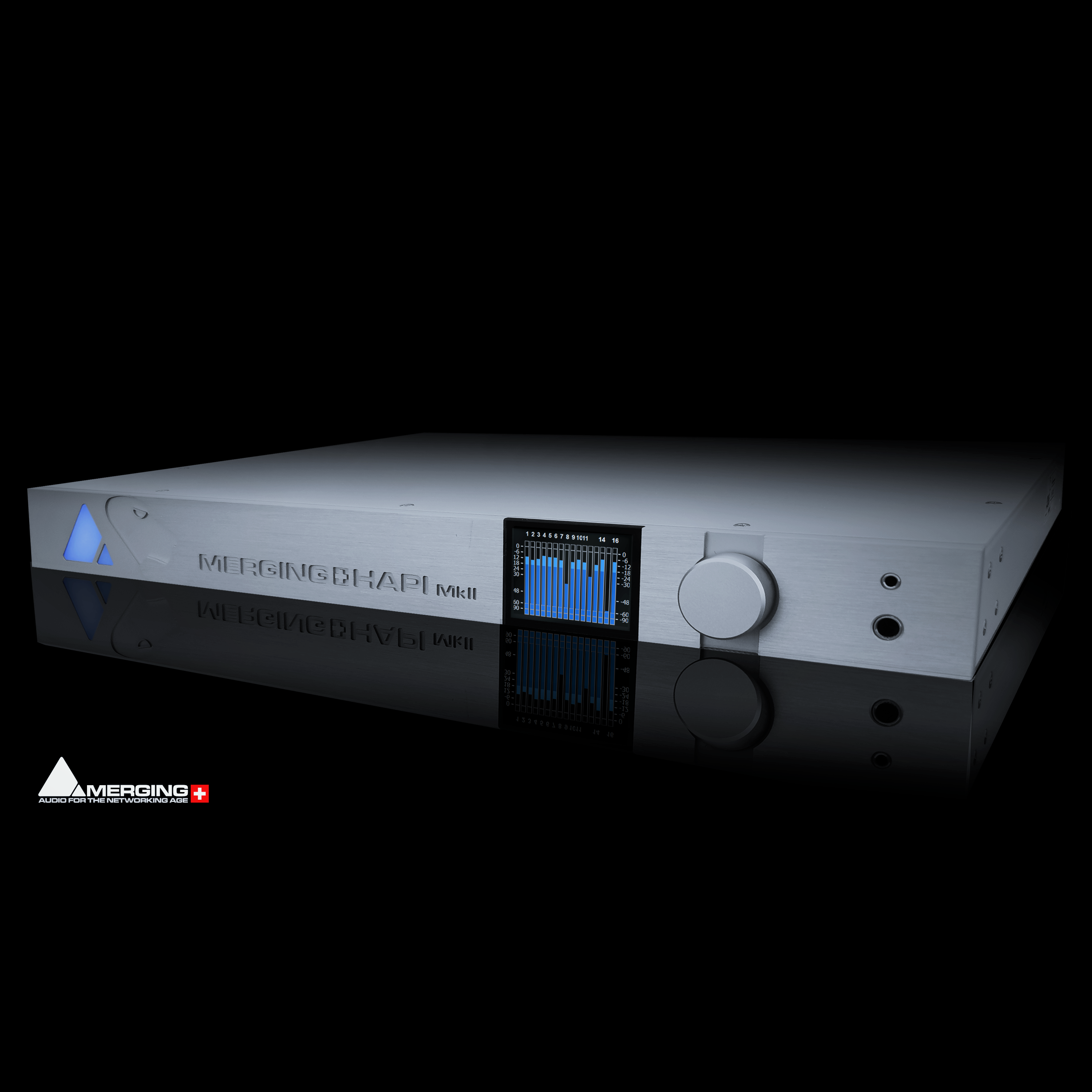

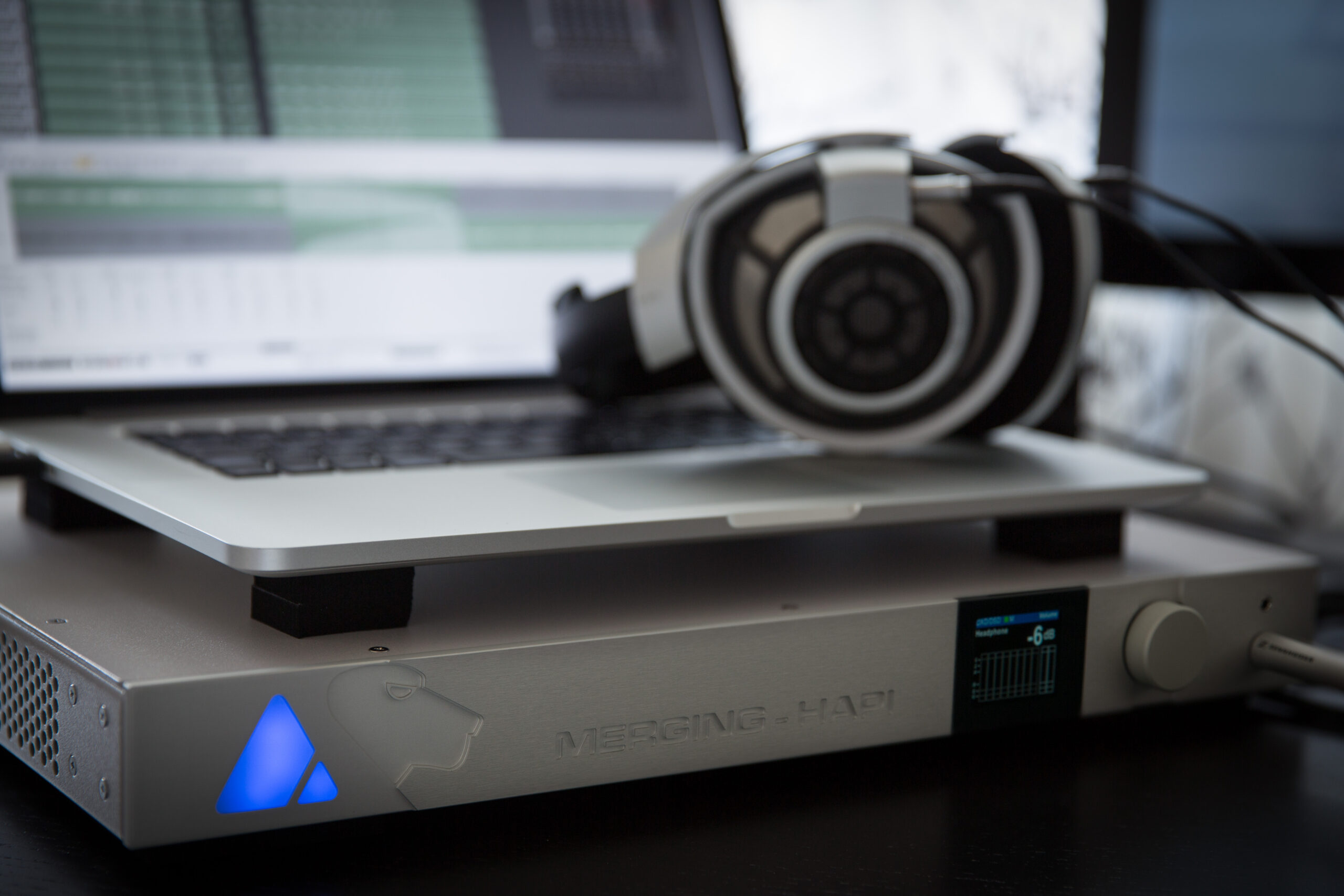
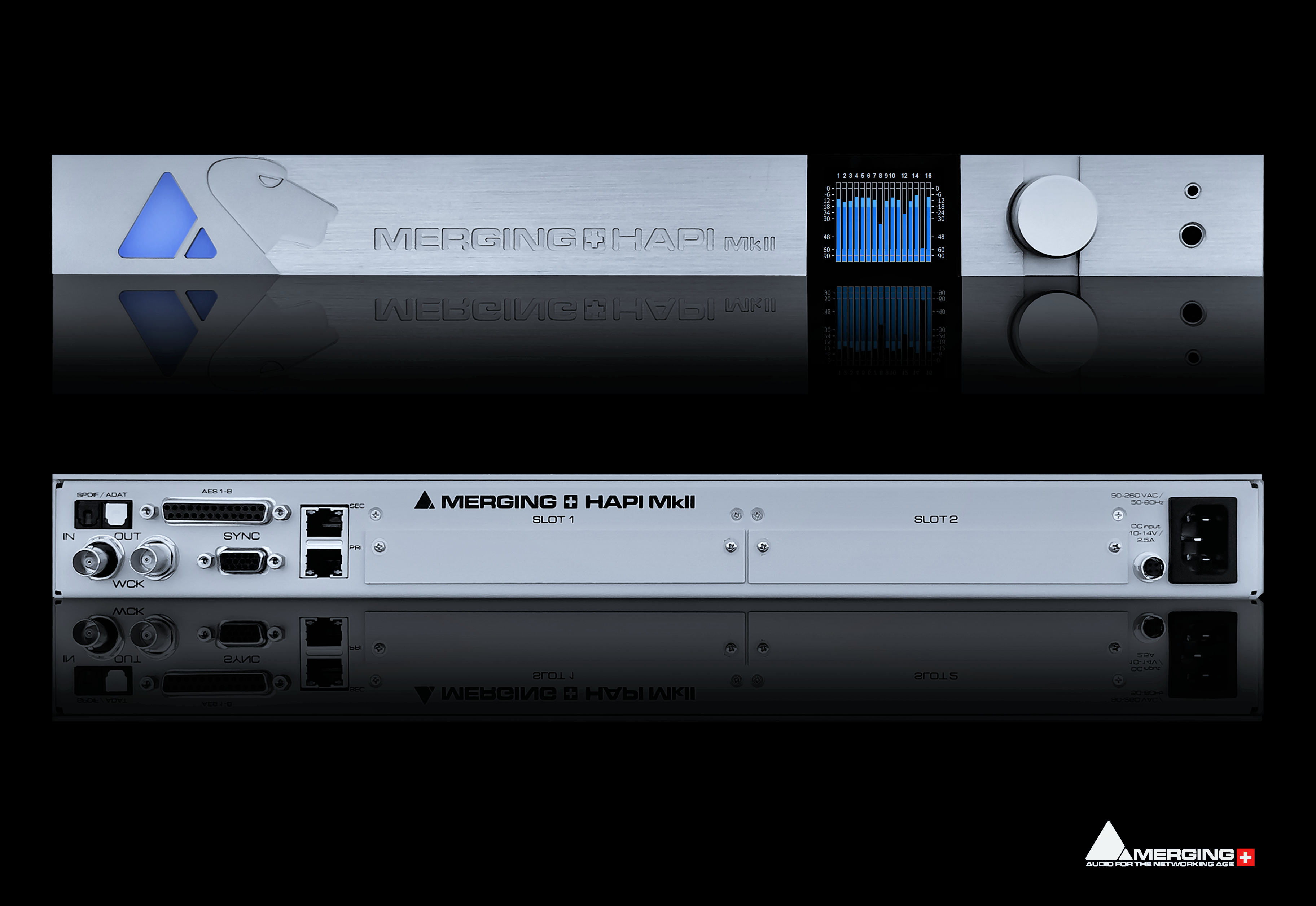




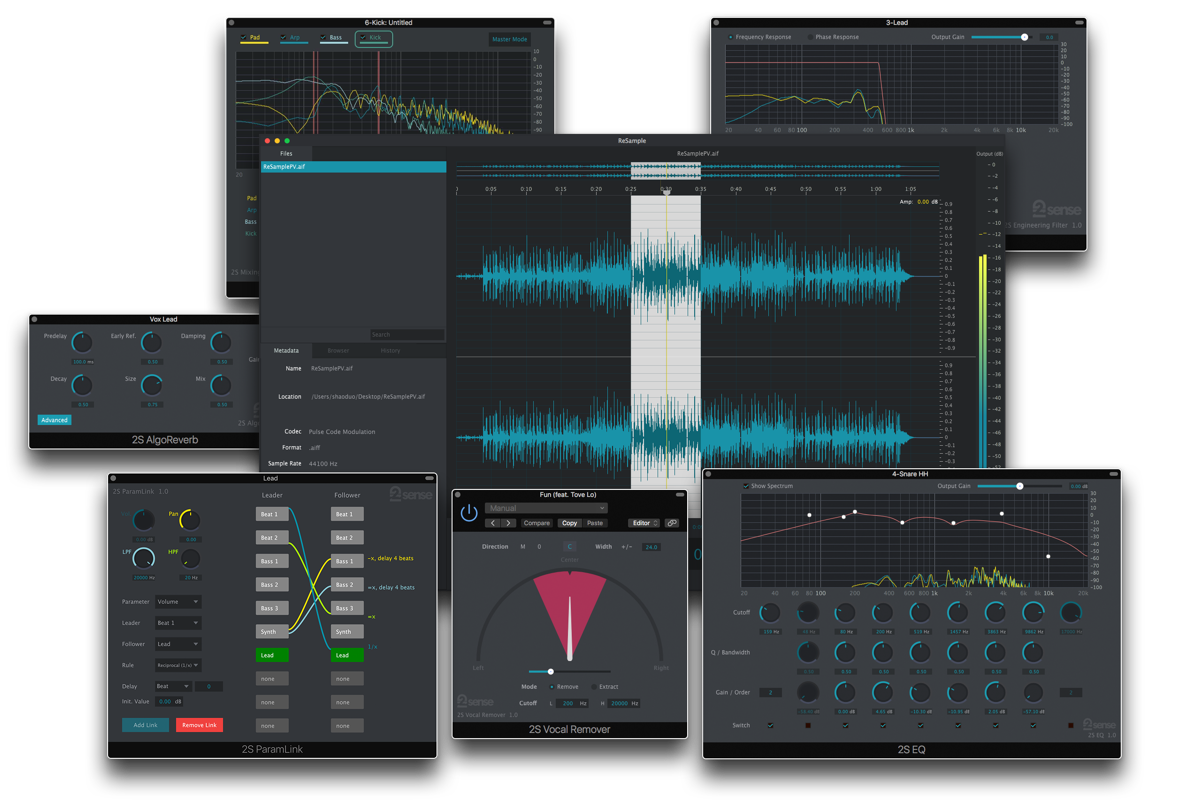
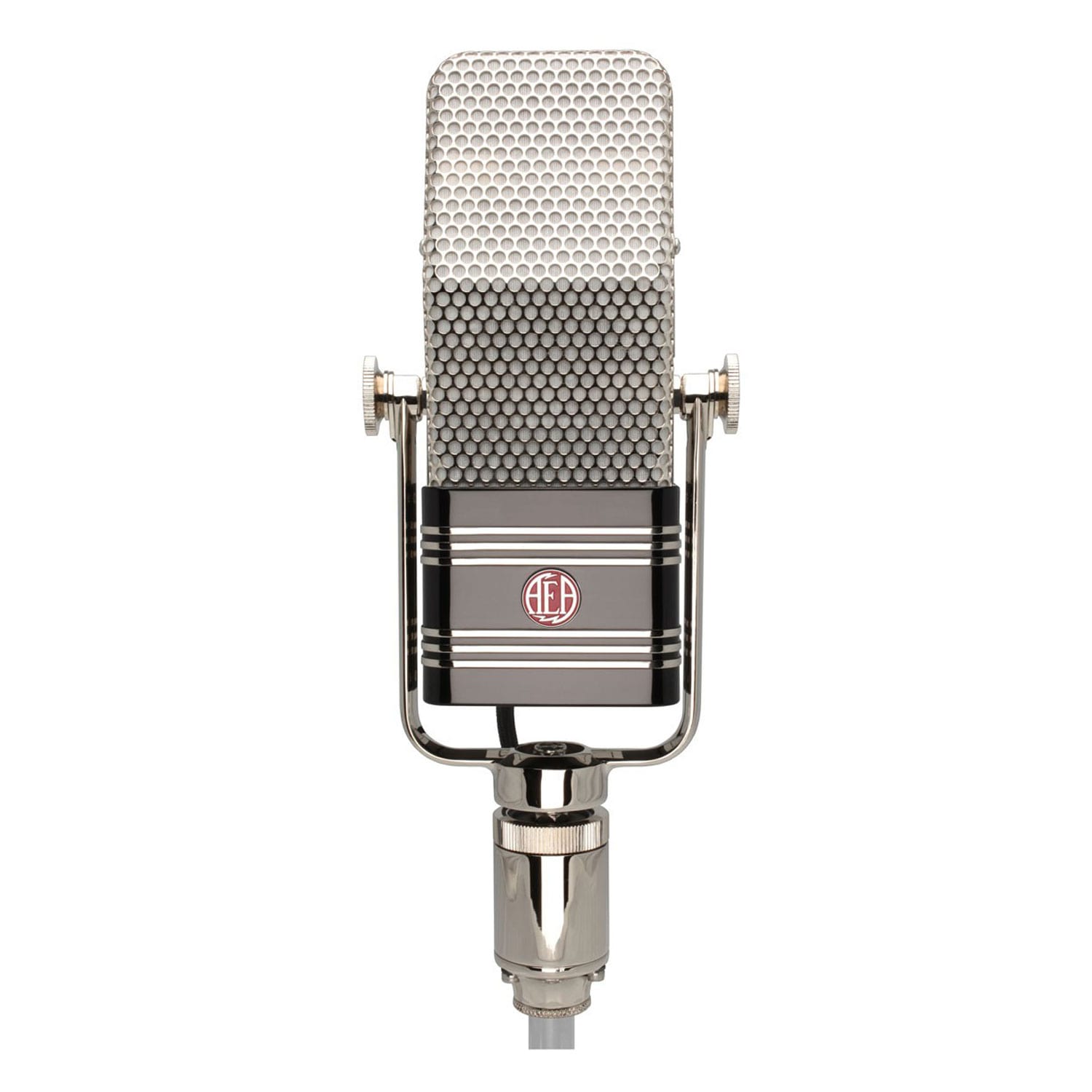

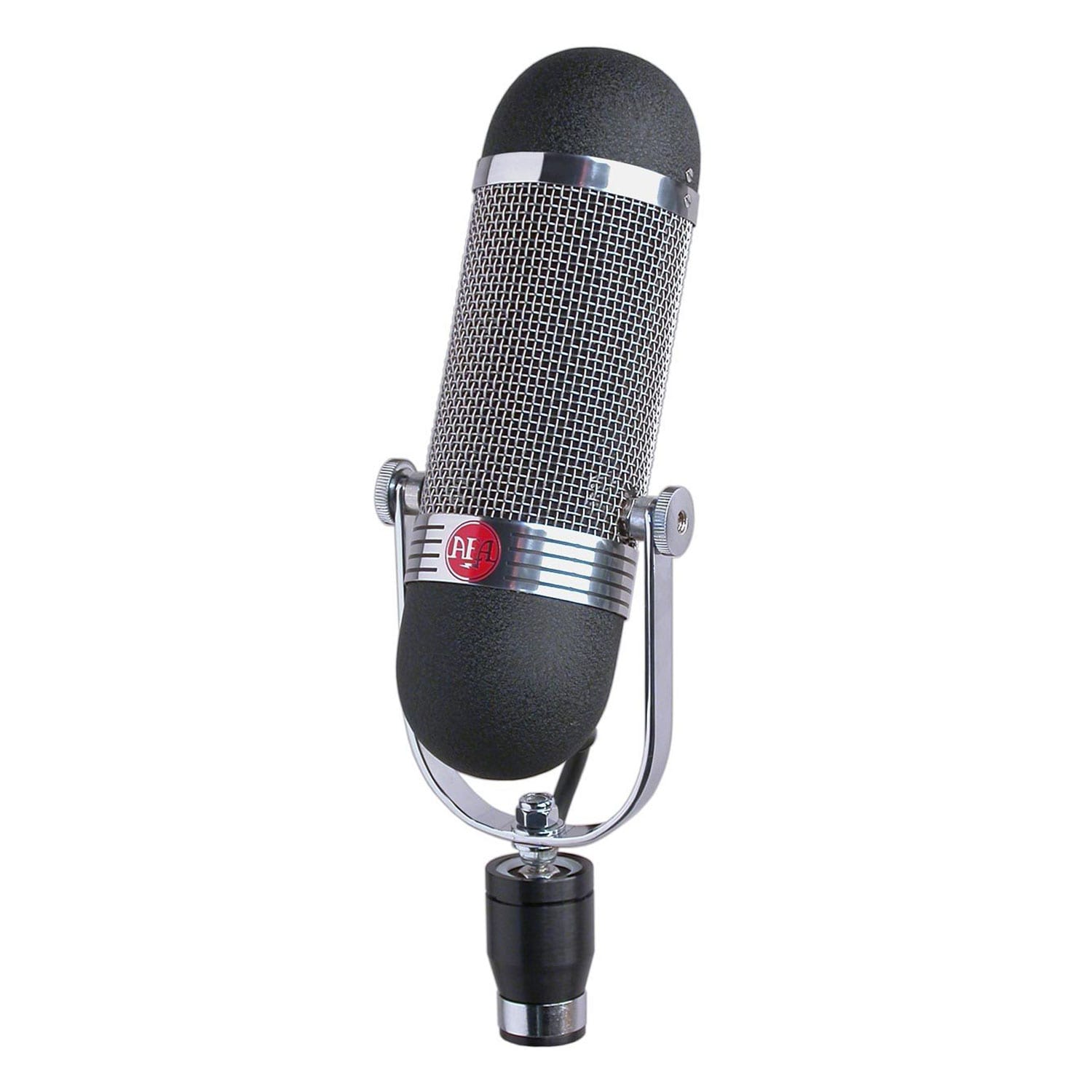

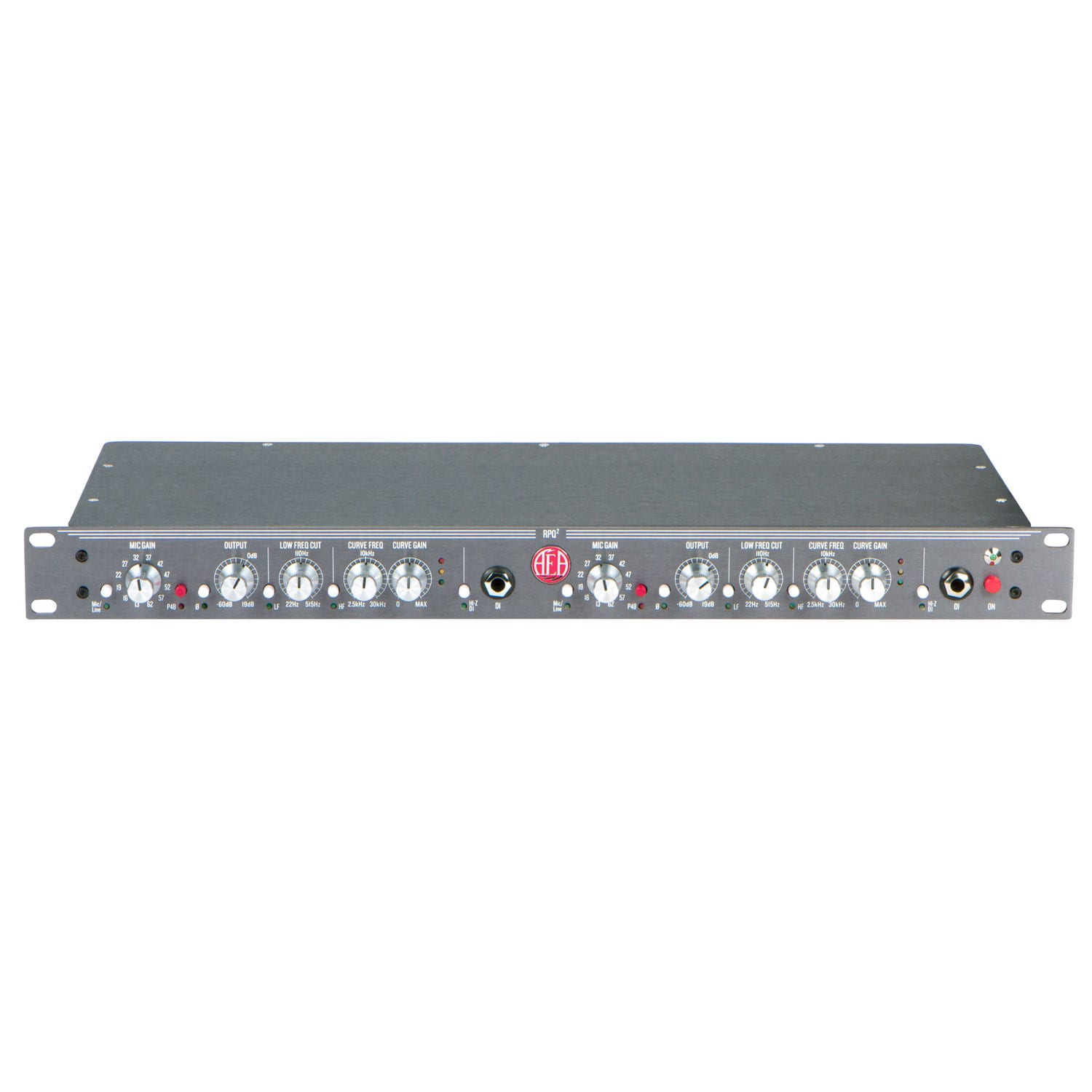


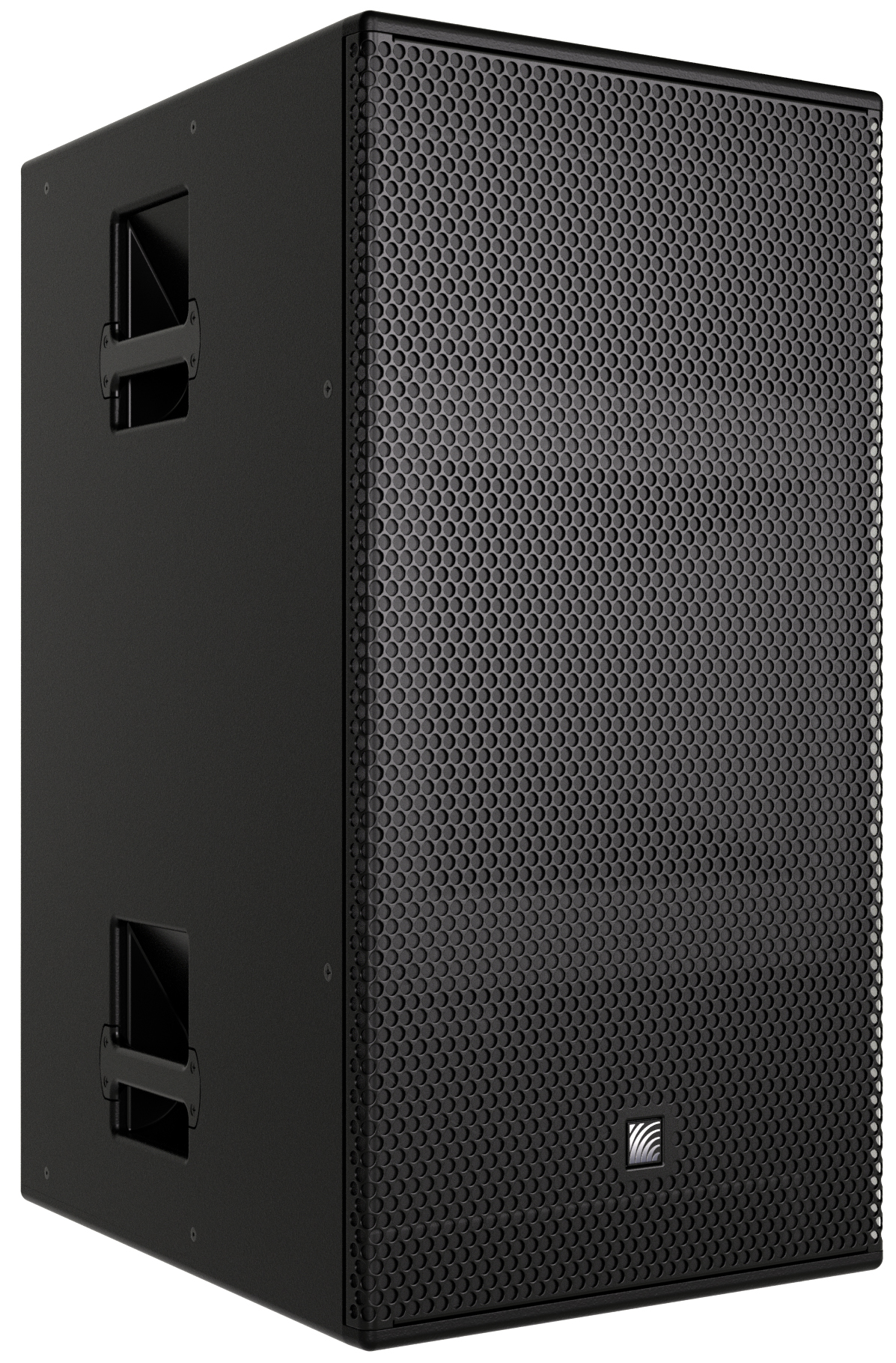
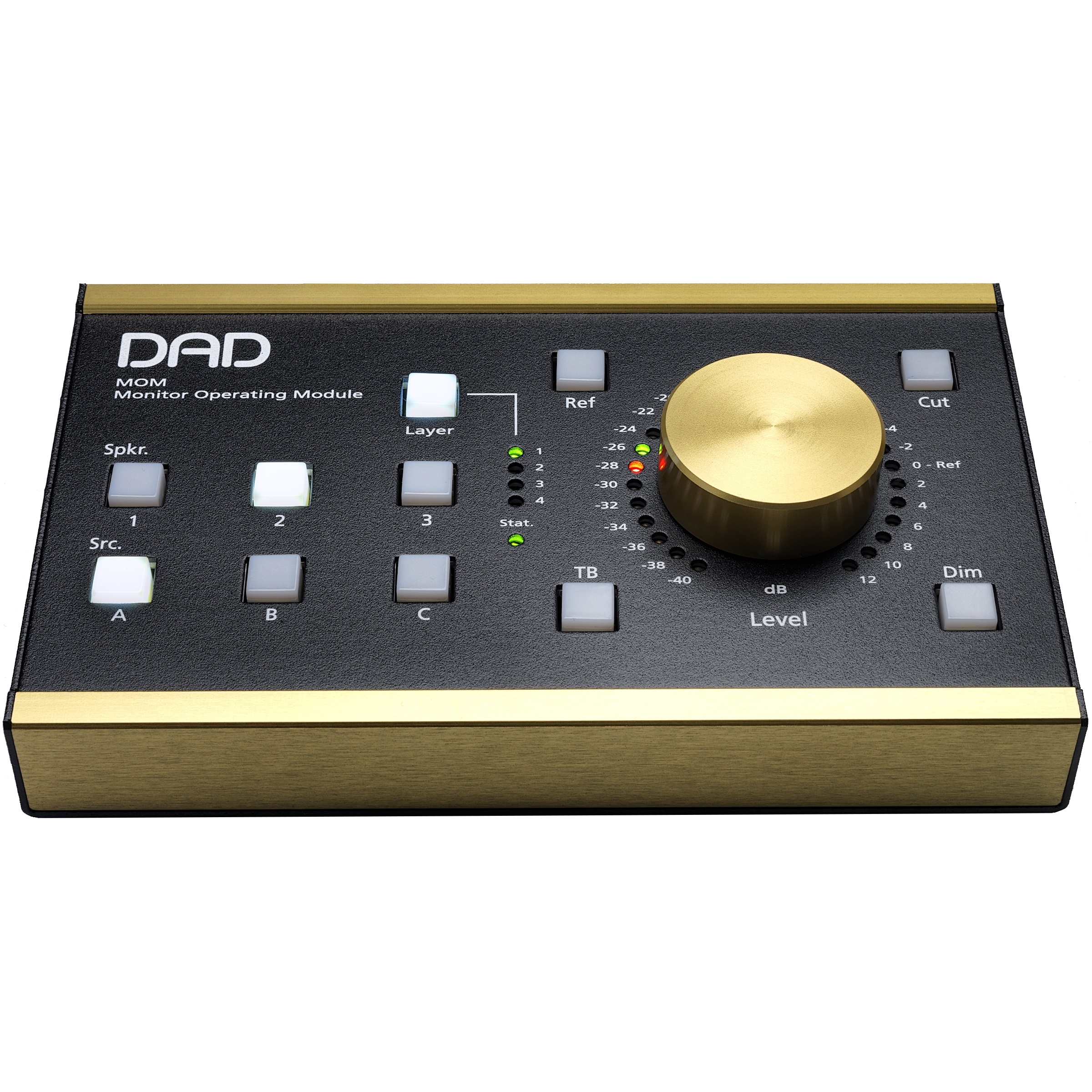

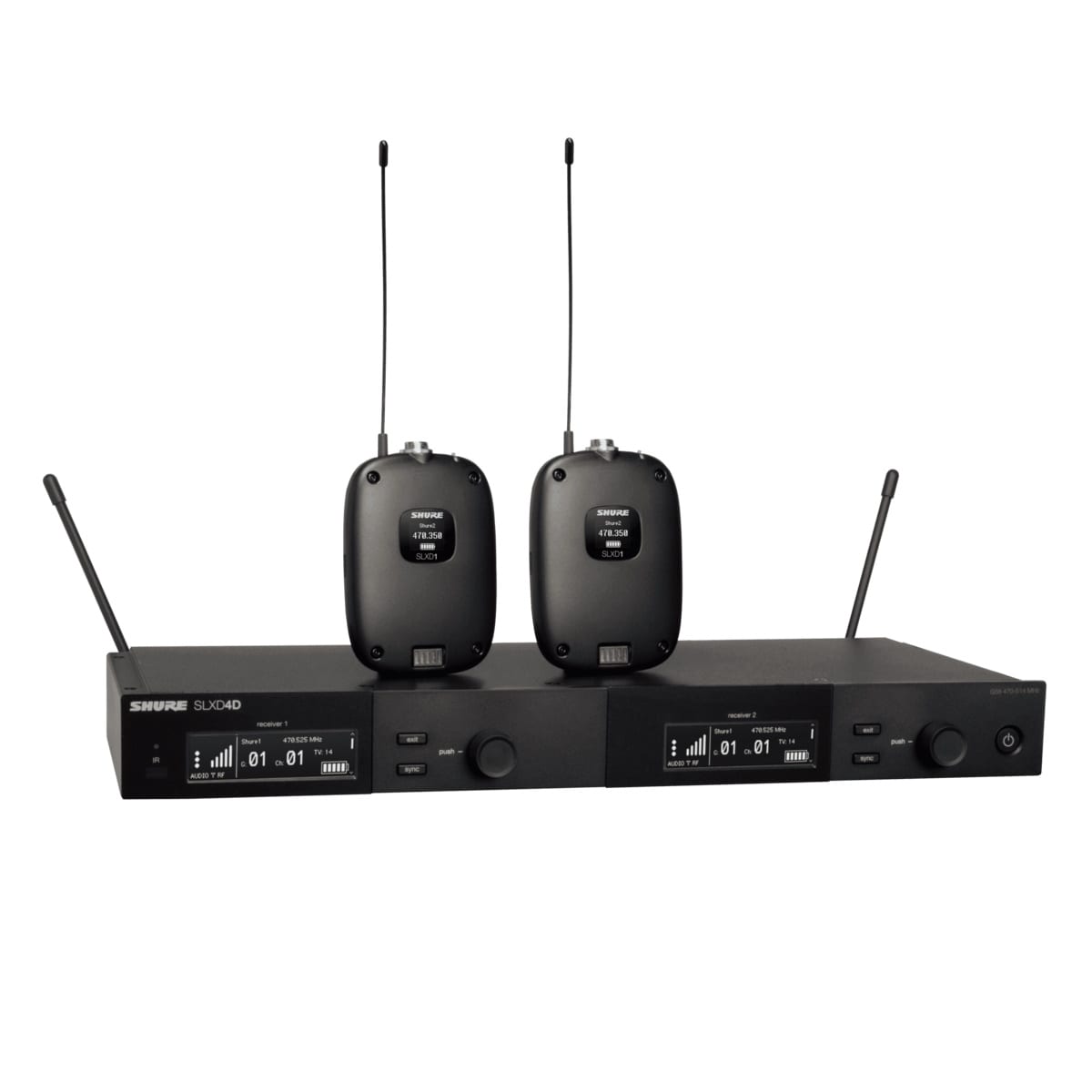
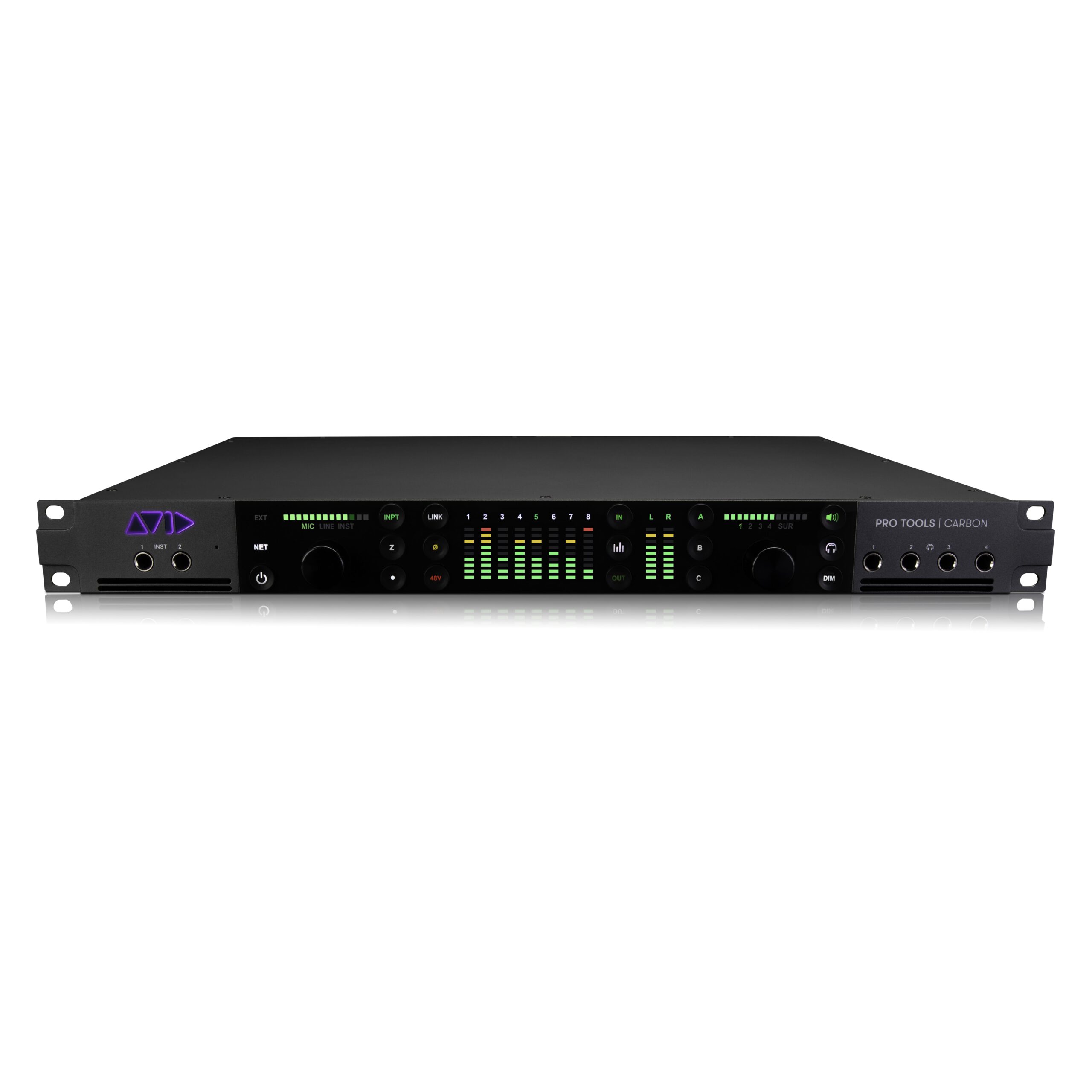
Reviews
There are no reviews yet.